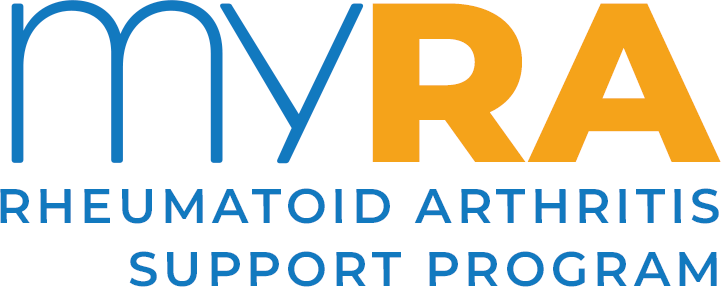
To those familiar with fatigue, the idea that it’s simply ‘feeling a bit tired’ is something of an understatement. The extreme exhaustion that characterises fatigue is particularly common in rheumatoid arthritis (RA) and is thought to be partly caused by the chemicals that are released most intensely by the body when the condition is in the inflammation stage. This is known as a flare-up and can cause flu-like symptoms – one of which is fatigue.
Fatigue is a feeling of overwhelming tiredness, lack of energy and weakness. It can have a large impact on a person living with RA, affecting all aspects of their lifestyle, from family and friends to jobs and careers. The good news is that it can be managed. One strategy is to achieve and build on small victories. These can be more successful and sustainable if you make good lifestyle choices, such as eating well and staying as physically active as you can.
Your fatigue could be better managed by taking these five easy steps.
1. Get tested for other conditions
Anaemia is often found alongside RA and is a common cause of fatigue. Anaemia can also be caused by lack of iron in your diet, and this means your red blood cells can’t carry enough oxygen to the parts of your body that need it. GPs can diagnose anaemia with a simple blood test. and it can be effectively treated in most cases.
However, thyroid disease remains a concern, because it can masquerade as so many other conditions. Dry skin and thinning hair are common symptoms, alongside the fatigue and aching joints that people put down to arthritis. Your rheumatologist or GP should offer tests to check your thyroid function.
If thyroid disease is diagnosed, it’s reasonably easy to manage with the right medication.
2. Check for vitamin deficiencies
Vitamin D deficiency affects many people despite Australia’s sunny climate. With today’s modern lifestyle many of us don’t spend enough time in the sun because of work or fatigue making you stay inside.
Low vitamin D levels can lead to weakness of muscles, low mood and lethargy – all typical symptoms of fatigue. Vitamin D levels are often low in people with inflammatory arthritis including rheumatoid arthritis. Again, your GP can organise a test for this and vitamin D supplements can effectively treat this if your levels are low.
B-group vitamins and folate are essential for good energy levels and optimal nerve function, which are both important in fighting fatigue. Folic acid also seems to reduce the chance of heart attacks and strokes. Vitamin K is vital for bone health, which can improve muscle function and fitness.
3. Eat a healthy diet
There are many myths about food and RA. No diet has been proven by research to cure RA. There is also very little evidence that specific foods have an effect on arthritis. The one exemption to this is foods rich in omega 3 fatty acids, such as oily fish (sardines and salmon), walnuts, canola oil and ground linseeds or linseed oil. As these foods can help reduce inflammation in people with RA.
However, the best advice is to eat a healthy, balanced diet and if you are overweight try and lose some weight as it will reduce the pressure placed on your weight bearing joints, such as your hips and knees.
4. Practice good sleep hygiene
It’s ironic that those with fatigue often find their sleep is disturbed and unsatisfying. Adopting good sleep hygiene techniques can be very helpful to improve your ability to sleep well.
Simple things such as establishing consistent times for going to bed and getting up, and sleep rituals such as screen shutdown followed by slow, deep breathing and stretching, can help.
Researchers have found that a routine of holding and releasing tension throughout the body in a systematic way is effective in preparing the body for sleep. Start by stretching the hands for the count of several deep breaths and then gradually relaxing them. Next, clench a fist and release. Progress slowly down the body, extending out the spine while clenching and releasing the glute muscles in the bottom.
Finally, stretch out the legs, releasing the knees and tensing and stretching the toes, each time releasing the tension over the course of four or five deep breaths.
5. Use the four Ps
These ‘Ps’ are problem-solving, planning, prioritising and pacing. Use problem-solving to pinpoint activities that cause you to become most fatigued. This means you can plan your day around them, and rest before and after. That allows you to prioritise and save your energy for the things you enjoy, and activities you’ll be able to sustain for longer if you pace yourself.











